
Blog
Different at First Sight: Nitrous
Oxide/Oxygen Sedation
Posted in Company on July 20, 2021
Air Techniques, Inc., a leading innovator, and manufacturer of dental equipment have announced a new product line of Nitrous Oxide/Oxygen Nasal Hoods and Scavenging Circuits. As the market leader in dental air compressors and vacuum systems, this new product offering benefits from Air Techniques’ established and reliable line of high-quality vacuum systems.
There are multiple innovations that bring Air Techniques’ Double Nasal Hoods to the next level. The double hood design minimizes ambient nitrous oxide in the operatory while utilizing an oval exhalation valve that directs exhaled gases to the built-in scavenger “flow channels”, maximizing efficiency. These hoods focus on a “size matters” approach. The inner hood seals to the face to ensure proper gas delivery to the patient. A smaller profile provides improved “sightline” visibility for the dental staff and therefore allows better access to the oral cavity.
“Air Techniques is a staple in dental air and vacuum systems, Nitrous Oxide/Oxygen Sedation is the next natural fit for Air Techniques,” said Chris Wilson, Air Techniques’ Business Development Manager. “Our new Double Nasal Hoods were created with design, material, and fit all in mind. We wanted to ensure these products functionality and design were comfortable to patients and performance provided confidence to practitioners.”
The Double Nasal Hoods are latex-free and utilize a universal fit with other double scavenging circuits. This allows for use of your existing systems with the new Air Techniques Double Nasal Hoods. Air Techniques’ Nitrous Oxide/Oxygen Scavenging Circuits are fully autoclavable and provides for safer delivery and monitoring. They are also compatible with most nitrous oxide/oxygen flowmeters.
Visit Air Techniques’ website to request a free sample of their new Double Nasal Hoods. Air Techniques’ robust product portfolio of utility systems, digital imaging, and merchandise can equip the smallest practice to the largest university or hospital. Consistently, Air Techniques remains the leading and largest manufacturer of dental air compressors and vacuum systems in North America.
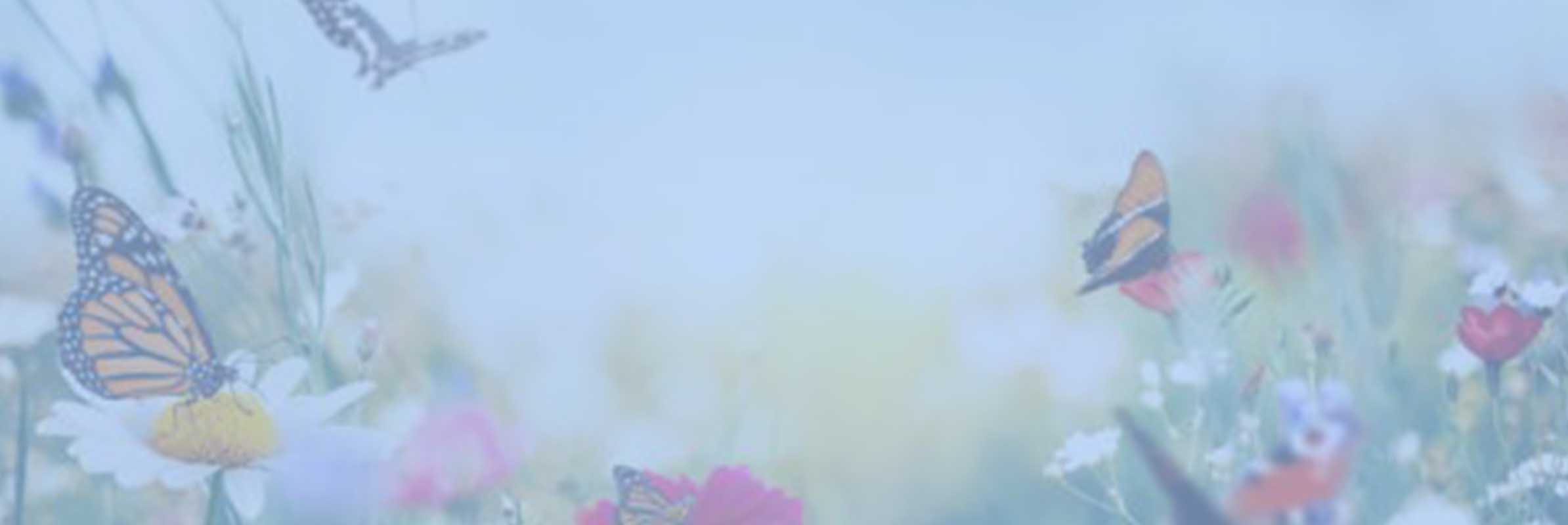
Read Next:
Spring Into Action
Spring is a time of new beginnings; days last longer, flowers start to bloom, and the leaves on the trees begin turning green. This new season also springs into action cleaning…





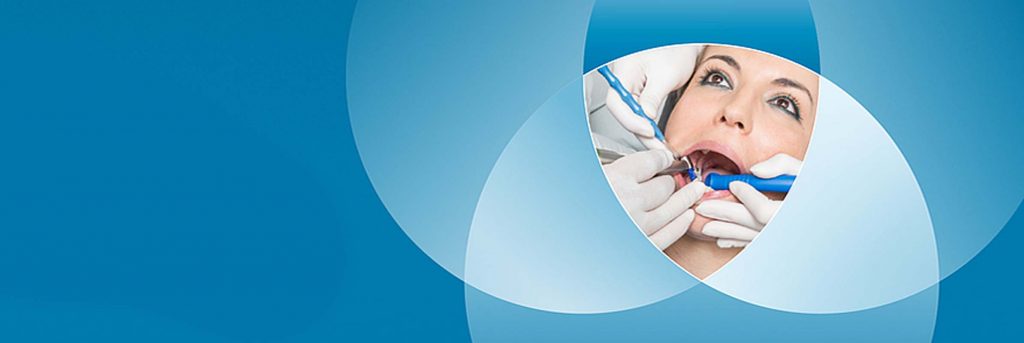

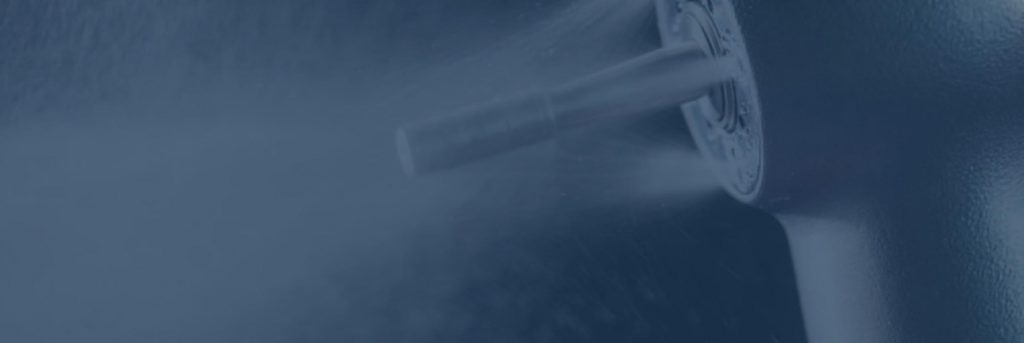
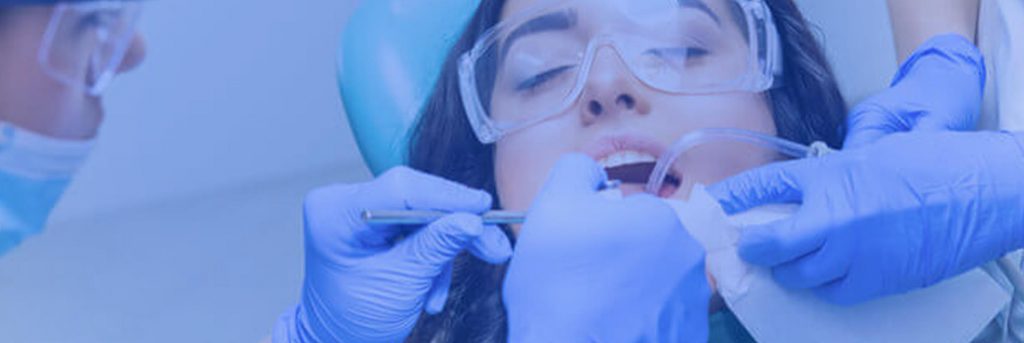

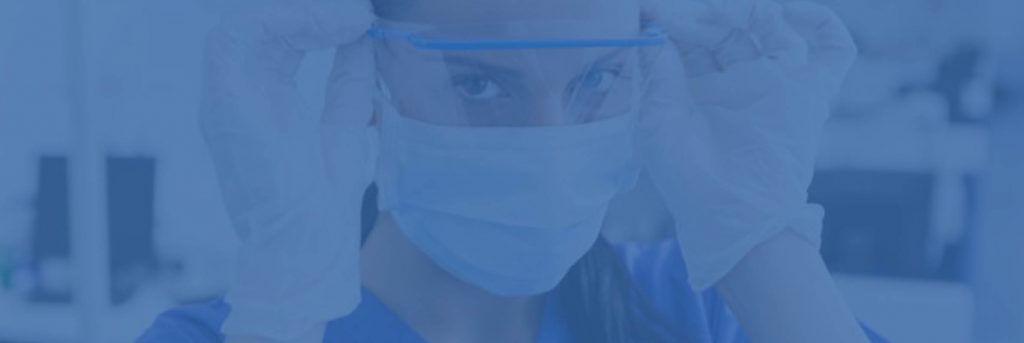
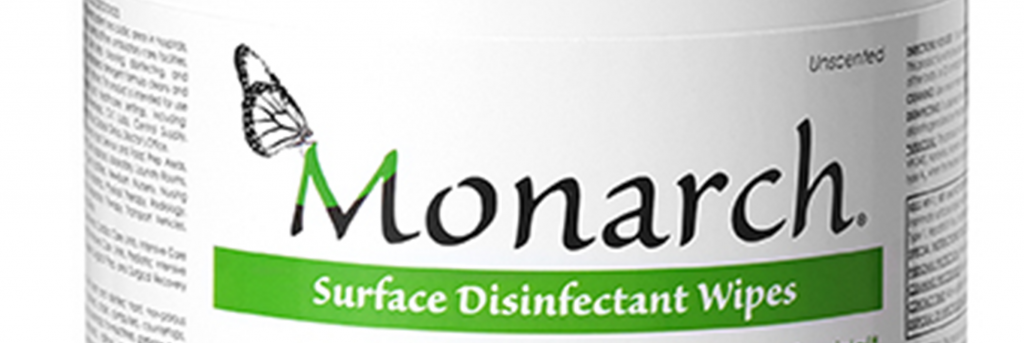

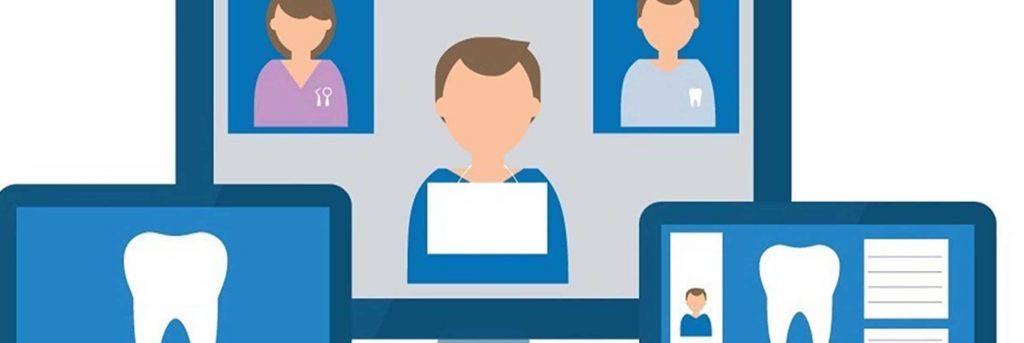
 Author Bio: Patti DiGangi’s specialty is medically necessary coding. Her efforts have assisted thousands of professionals to code more accurately and efficiently. She teaches the why behind the codes. In fact, the American Dental Association recognized her expertise by inviting her to write a chapter in its CDT 2017 Companion book and again for CDT 2018 Companion. Patti holds publishing and speaking licenses with ADA for Current Dental Terminology©2020. The Chapter Patti wrote in CDT 2018 Companion included the Teledentistry codes. Patti is the co-author with Cindy Purdy RDH, BS of the workbook Teledentistry Pathway to Prosperity Critical Choices.
Author Bio: Patti DiGangi’s specialty is medically necessary coding. Her efforts have assisted thousands of professionals to code more accurately and efficiently. She teaches the why behind the codes. In fact, the American Dental Association recognized her expertise by inviting her to write a chapter in its CDT 2017 Companion book and again for CDT 2018 Companion. Patti holds publishing and speaking licenses with ADA for Current Dental Terminology©2020. The Chapter Patti wrote in CDT 2018 Companion included the Teledentistry codes. Patti is the co-author with Cindy Purdy RDH, BS of the workbook Teledentistry Pathway to Prosperity Critical Choices. 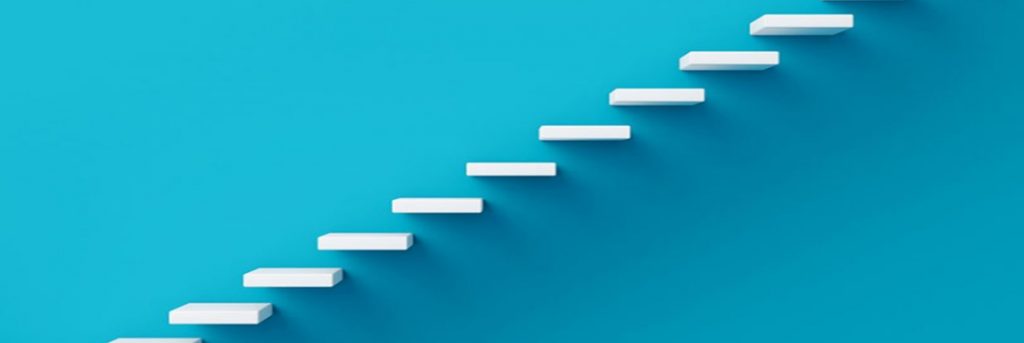
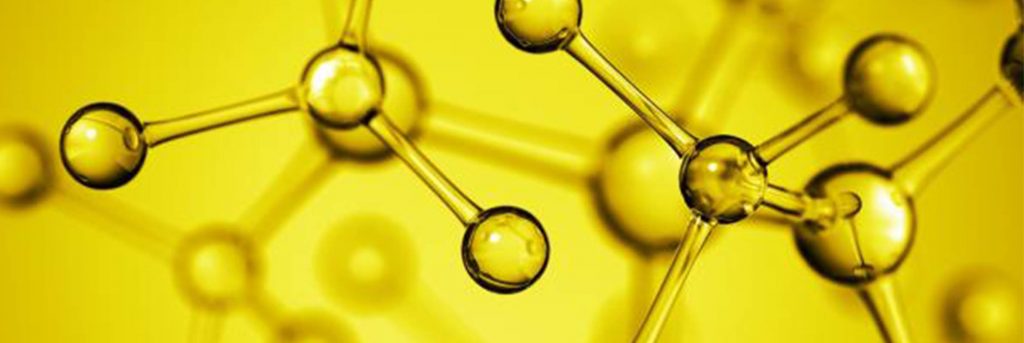





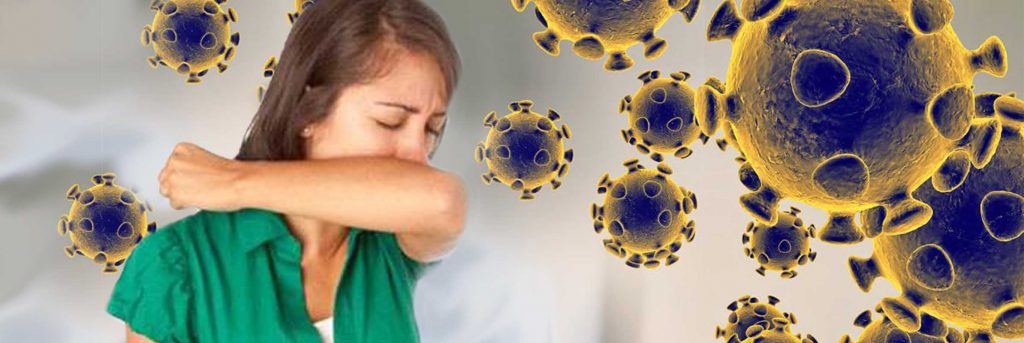

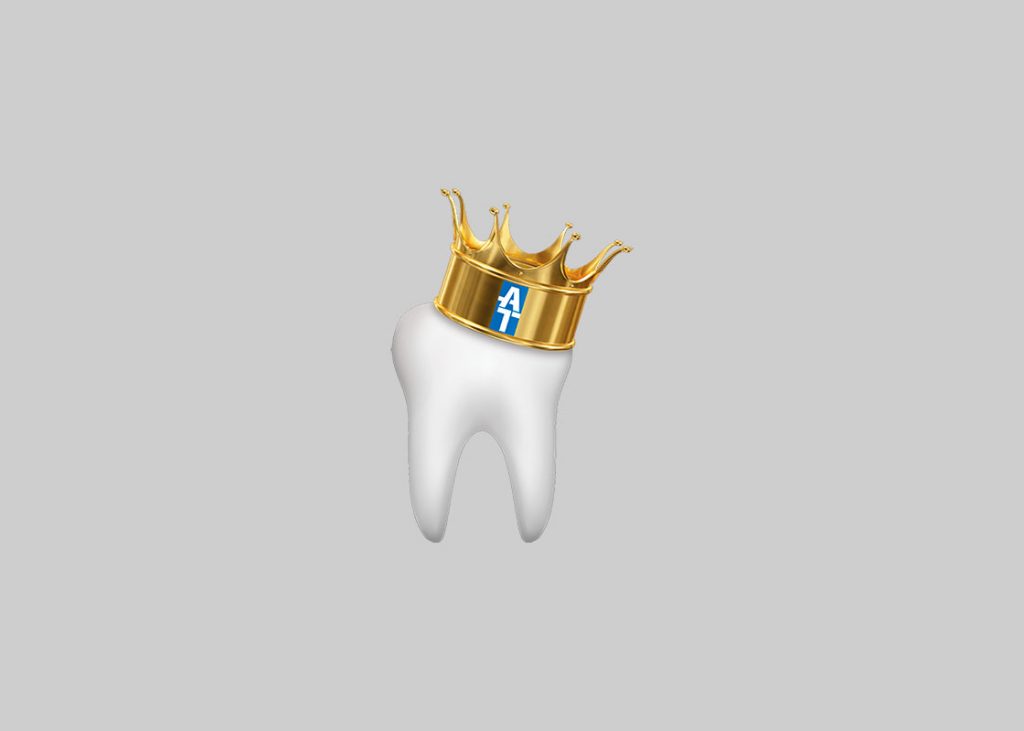
 Contact
Contact